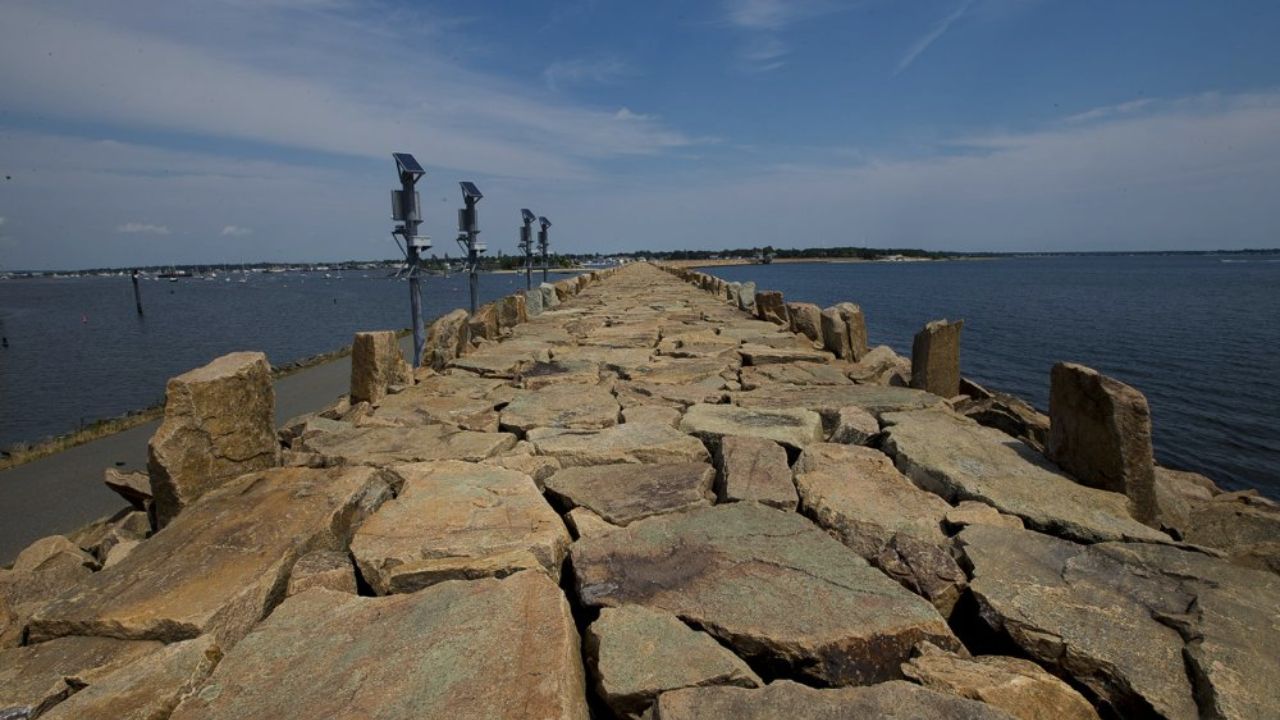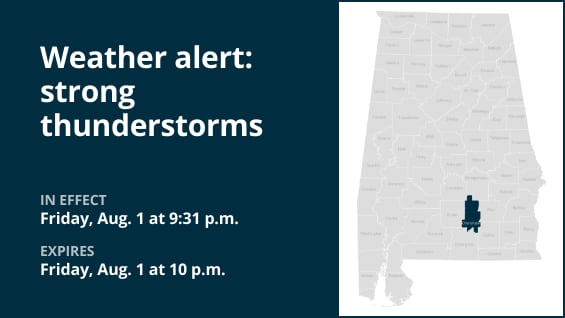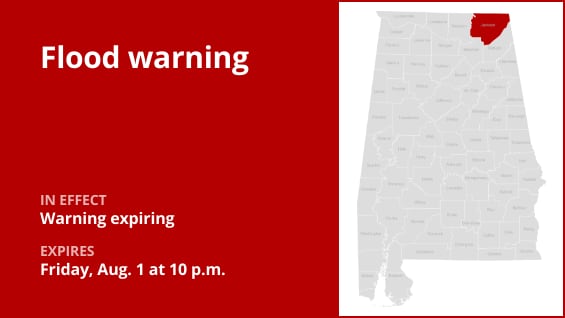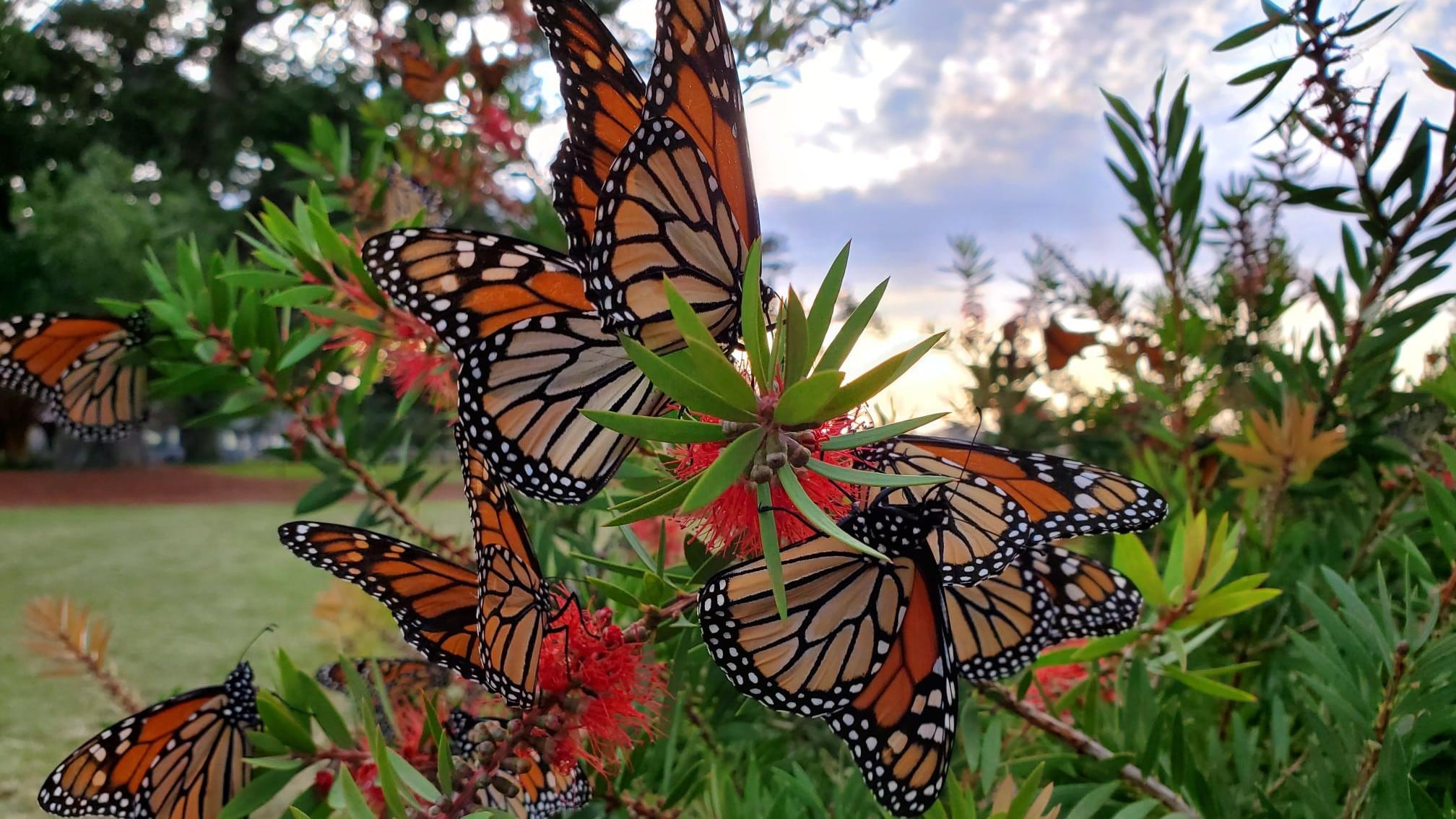Massachusetts — The New Bedford Hurricane Barrier, a major coastal structure in southern Massachusetts, has been listed among the most dangerous tourist attractions in the United States, according to a recent ranking by travel safety analysts.
While the barrier serves a vital role in flood protection, it’s also become an unexpectedly risky destination for curious visitors and adventure seekers.
A Structure Built for Protection, Not Tourism
Constructed to protect the city of New Bedford from coastal storm surges and hurricanes, the massive barrier spans more than 9,000 feet across New Bedford Harbor. Though it provides a scenic view of the Atlantic, experts say it is not designed for recreational use, and some areas are off-limits to the public for safety reasons.
According to The Wrangler’s report, the barrier has been linked to multiple accidents and unauthorized access incidents, largely from individuals venturing out during storms or climbing into restricted zones.
Hazards Associated with the Site
The primary dangers at the New Bedford Hurricane Barrier include:
- Unstable footing and slippery surfaces
- Strong coastal winds and sudden tidal shifts
- Unauthorized climbing and storm-viewing attempts
- Lack of fencing or protective barriers in certain stretches
While there are no official visitor facilities, the barrier still attracts tourists seeking dramatic ocean views—often unaware of the safety risks involved.
Local Officials Issue Safety Warnings
City and emergency management officials continue to stress that the barrier is an active flood control system, not a public park. Warning signs are posted, and surveillance is increasing to deter unauthorized entry during hazardous weather conditions.
First responders have had to conduct several rescues over the years due to people getting stranded or injured while exploring the structure during storms.
Balancing Curiosity and Caution
With climate change contributing to more frequent storm surges, the barrier’s visibility and relevance are increasing. However, tourists are urged to respect safety signs and avoid treating the structure as an adventure destination.
Have You Seen the Barrier in Person?
Do you think dangerous locations like this should have more public access or tighter restrictions? Join the conversation now at NewYorkDailyGazette.com and share your views.








